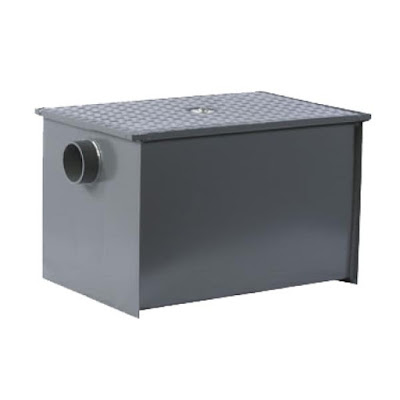THE BASICS OF LIFT STATION MAINTENANCE
A wastewater lift station is a pumping station that transports wastewater from one level to another. The use of a lift station in a sewage collection system saves a lot of money on the excavation costs connected with sewer line installation. Sewer pipes are located underground, therefore trenching is expensive. Installing a wastewater lift station at strategic locations across a gravity pipeline system reduces upfront construction costs while maintaining efficiency and functioning.
Working of a Lift Station
A lift station is a crucial component of a well-functioning sewage collection system. To keep expenses down, raw sewage travels underground in slanted pipelines that make use of gravity. A gravity pipeline is a name given to this type of pipe system. It may be essential for wastewater to enter the pipe system from a lower elevation in some cases. Raw sewage must be properly transported to a higher elevation to continue its journey to a wastewater treatment plant. For obvious reasons, this can't happen naturally because it would defy gravity. Thankfully, we have wastewater lift stations to assist us.
The raw sewage eventually enters a storage container known as a wet well, which is effectively a holding cell that empties out after a predetermined level is reached. To detect sewage levels, the wastewater is tested and closely monitored in the wet well. At this point, solid materials are eliminated. When the wet well is filled, a lift station pump uses a pressured sewer force main to "lift" the sewage upwards. A sewer force main is a system of pumps and compressors that transports wastewater. Its goal is to raise the wastewater to a higher elevation, allowing it to continue on its way to treatment and re circulation.
Maintenance of Lift Stations
Sewage is a dangerous substance that must be managed and treated accordingly. Lift stations must be maintained regularly, which wastewater operators must be aware of. Maintaining a maintenance log is not just a good idea, but it's also often required by law. Logging and monitoring flow readings, cleaning floats, greasing motors, and testing power supply and backup generators are all examples of lift station maintenance. Lift station alarms should also be tested so that the appropriate parties are notified immediately if there are any operational concerns or equipment malfunctions.
Additional Maintenance Tips
1. Submersible pumps should be inspected every three months.
2. Floats are cleaned and inspected four times a year to ensure appropriate performance. Grease builds upon floats, preventing them from working correctly.
3. Weekly inspections of the lighting and alarm systems are recommended. If your alarm system is in good working order, you will be notified of any difficulties right away.
Conclusion
If you see any of these symptoms, you should contact Affordable Cesspool Sewer & Drain, Inc right away for an evaluation and have your lift station before you end up with a serious mess. They are one of the best NY grease trap cleaning service companies in the market. While you can wait for these indicators to maintain your lift stations properly, it's recommended to employ professionals for regular maintenance. They are well-known for their lift satiation cleaning services in Long Island. Schedule an inspection today.



Really glad to read this post. Expert commercial & residential plumbers offer Waste Oil Collection & removal from restaurants and Grease Trap Cleaning throughout Hampton Roads including Virginia Beach, Norfolk, Hampton, Chesapeake, Newport News
ReplyDeleteCommercial Kitchen Grease Removal Norfolk